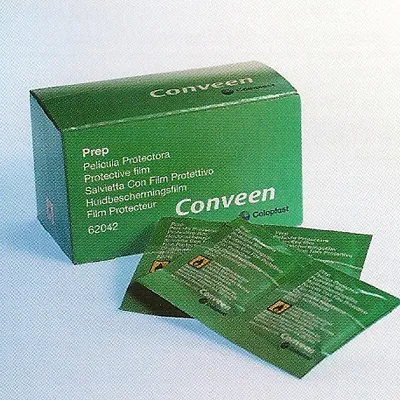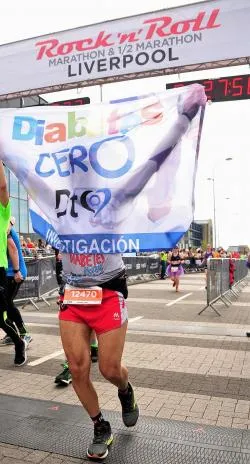As you all know insulin pumps carry a dressing fastener system in the form of a dressing that adheres to the skin.
The "glue" that the dressing is quite strong and it is normal for stopping enough for the catheter not to leave during the 3-4 days we wear.
In spite of that, there are particular cases of children or people with more delicate or special skin, situations of great humidity (for example in summer, pool, beach) or intense sports practices that produce great sweating, leading to problems in the adhesion of the adhesion of the adhesion of the adhesion of thedressing
Next, thanks to learning reading the diabetes forum and experience, we expose four products that improve or repair these types of situations.
convene prep
Adhesive wipes convene prepare the catheter adhesive.
The right way to use them is as follows:
The application zone is cleaned and dried very well, a bag is opened and the wipe is extracted by applying it through the area where we are going to insert in catheter.
We let 1 minute dry and meanwhile we wash our hands to eliminate the remains of the fingertips.
Then we proceed to insert the catheter regularly.
To remove the sticky remains that remain in the skin of the wipe the usual hygiene is enough.
The experience of use indicates that there is a sensitive increase in the subjection of dressing, even in extreme situations such as abundant sweating, physical exercise and long -term bathrooms in pool (remember protocol disconnection of the pump).
This product is not financed by Social Security, its price is € 10 for a container of 54 individual wipes.
The National Pharmacy Code (Spain) is 331389
skin tac wipe
The Skin Tac Wipe wipes work in the same way as the convest, the area is permeated before inserting the catheter.
Its price is around 15 euros for the 50 wipe box and is not funded by Social Security either.
Nobecután 
Nobecuta is a spray dressing that is used to form a thin elastic adherent film, permeable to moisture.
It is usually used in superficial burns, small wounds and as a complement to dressings.
In our case, we will use it to set the catheter dressing.Our recommendation is to use it when the edges of the dressing are taking off.
It is important to protect the connection part of the catheter, if we spray in this area it is likely that we cannot turn the thread again to disconnect.A simple cap of any bottle can serve us to protect it.
It is pulverized from about 10-20 cm through the semi-clear area of the catheter and allowed to dry.
We will notice that the dressing hardens, but it is more subject in this way, with less danger that the catheter comes out.
It can also be used prior to the insertion of the catheter, spraying the entire insertion zone, letting dry and then inserting the catheter.
It is important to keep in mind that it is an flammable product, so avoid situations where there are close fires, such as gas kitchen or people very close smoking.
Nor is it reimbursable for Social Security, its price is 15 euros in the pharmacy.
tegaderm 
Finally, we mention another system that ensures even more catheter protection.
It is usually used regularly for fixing the continuous blood glucose sensor (Dexcom or Minilink).
Tegaderm are transparent dressings that setthe catheter to the skin and protect it from chafing and possible takeoffs.
It could be advisable in the case of children.
It is important to leave the catheter insertion open so that it has no problem when disconnected.To do this, we will fold the dressing in half and calculate the extension of the catheter to cut a small area of the Tegaderm dressing.
With the catheter already inserted in the skin we will proceed to "seal it" with this other dressing
Source: Diabetestipo1.es




